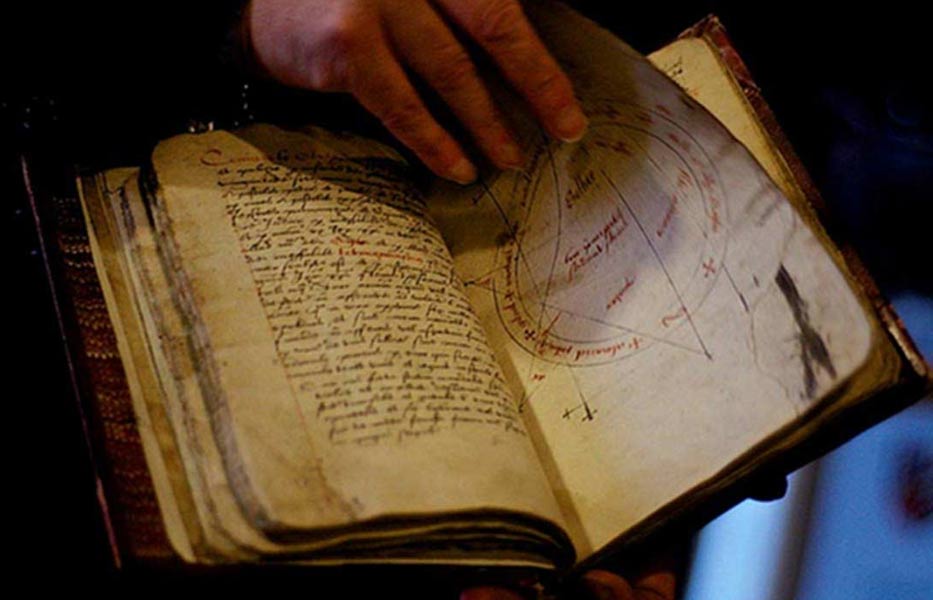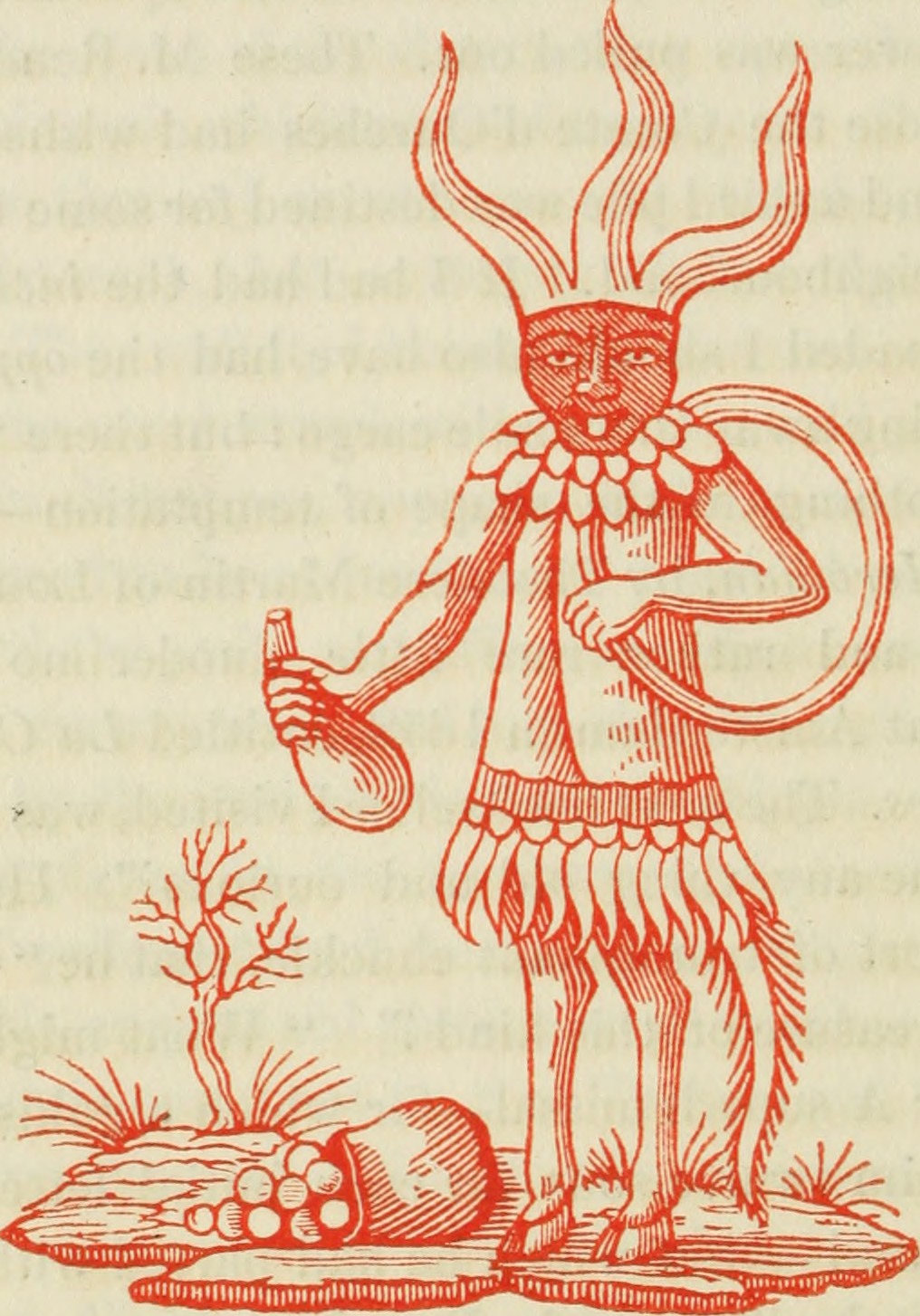
What is a Grimoire? A Look into the Concept of Grimoires
What is a Grimoire?
Grimoires are integral to the practice of witchcraft, representing a nexus of knowledge and power. These fascinating books are far more than just collections of spells and rituals; they embody the philosophy, artistry, and wisdom of their creators. But what exactly is a grimoire? How does it weave its spell, and why does it hold such an essential place in the realm of the arcane? To understand this, we must turn the pages of history, delve into the secrets of symbols, and embark on an exploration of these enchanted tomes.
In this article, we’ll explore the true meaning of a grimoire, uncover its ancient origins, and learn why these books remain central to magical traditions today. Whether you’re a beginner in the craft or simply curious about the occult, understanding the role of grimoires is essential to understanding how magic is practiced, recorded, and preserved.
The Definition of Grimoire
At its core, a grimoire is a book of magic, typically filled with spells, rituals, charms, divination, and other magical practices. It is akin to a witch's personal handbook, a compilation of magical knowledge often gained over many years of practice.
Grimoires often include information on various esoteric subjects, such as how to create magical objects, understanding celestial influences, summoning spiritual entities, and harnessing the energies of plants, crystals, and other natural elements. As such, grimoires serve as practical manuals for practitioners of witchcraft.
The History of Grimoires

The concept of grimoires harkens back to ancient times when scribes would pen magical texts filled with spells, rituals, and invocations. Some of the earliest known grimoires come from Mesopotamia and Egypt, testifying to the longevity of this tradition.
The term "grimoire" itself comes from the Old French "gramaire," which denotes a book of grammar or learning. During the Middle Ages and Renaissance, grimoires became particularly popular, with well-known examples like "The Key of Solomon" and "The Lesser Key of Solomon" arising during this period.
In the 19th and 20th centuries, interest in occult practices and grimoires resurged, influencing the creation of modern grimoires. In the middle ages, grimoires flourished across Europe. Scholars, monks, and occultists compiled books like:
- The Key of Solomon – a ceremonial magic grimoire attributed to King Solomon
- The Lesser Key of Solomon (Lemegeton) – detailing the 72 demons of the Ars Goetia
- The Book of Abramelin – a powerful ritual text for contacting one's Holy Guardian Angel
These texts influenced centuries of magical practice, and many were eventually banned, hidden, or burned during periods of religious persecution—only to resurface again in the 19th and 20th centuries as interest in the occult was reignited.
Today, grimoires continue to play a central role in witchcraft and other esoteric practices, providing a tangible link to our magical past and future.
How to Make a Grimoire?
Creating a grimoire is a personal and profound process. It begins with selecting a book or notebook that resonates with you. Some witches prefer antique books or handmade journals, while others might opt for a simple ring-bound notebook.
Once you have your book, you can begin to fill it with your personal collection of spells, rituals, correspondences, and insights. Remember that a grimoire is a deeply personal tool, and there's no "right" or "wrong" way to create it. It should reflect your unique journey and practice.
You might want to include sections for different areas of your practice, like herbalism, divination, moon phases, sabbats, and spells. Over time, your grimoire will grow with your practice, serving as a testament to your magical journey.
The Grand Grimoire

Among the most infamous historical texts is the Grand Grimoire, also known as Le Dragon Rouge or The Red Dragon. This grimoire, reportedly dating back to the 16th century, is said to contain instructions for summoning Lucifer or other demonic forces, making pacts, and performing high-risk magical operations.
Although the Grand Grimoire is surrounded by much controversy and mystery, its cultural significance in the context of occult literature is undeniable. However, it's important to approach such texts with discernment and respect, considering the serious implications of the rituals and practices contained within.
Final Thoughts
So—what is a grimoire? It's a magical book, yes. But it’s also a companion, a teacher, and a legacy. It reflects your craft, protects your secrets, and preserves knowledge that might otherwise be lost.
Whether you’re reading a centuries-old manuscript or writing your first spell in a blank notebook, grimoires are the heartbeat of magical practice. They connect the past to the present, the mystical to the practical, and the seen to the unseen.
If you’re curious to explore historical examples, The Lost Book Project’s Ancient Grimoire collection features beautifully preserved editions of classic occult texts—from the Key of Solomon to the Sixth and Seventh Books of Moses. These are more than curiosities—they’re living documents of magical history.
Because sometimes, the best way forward… is through the knowledge we almost forgot.
